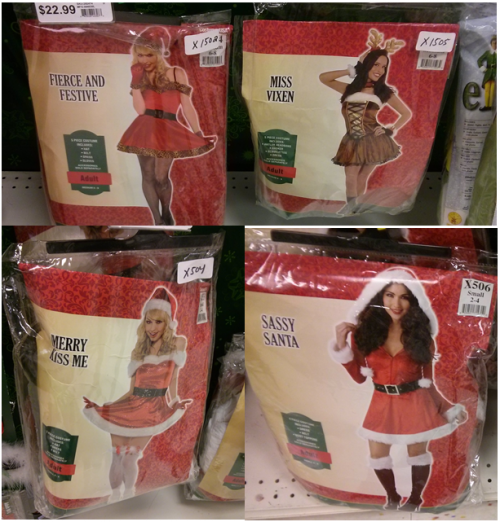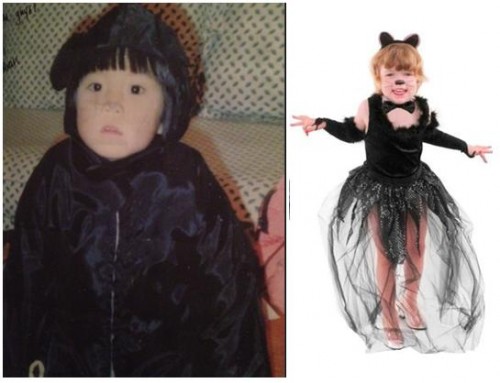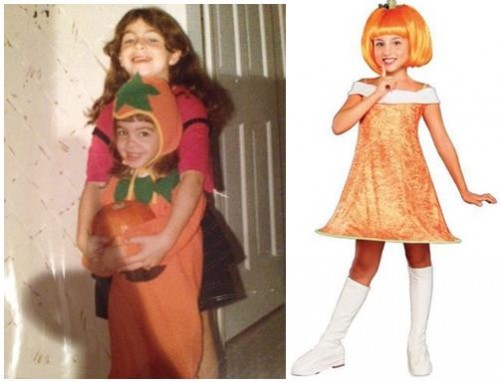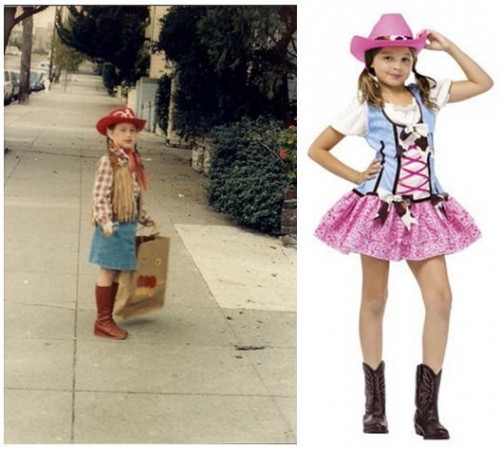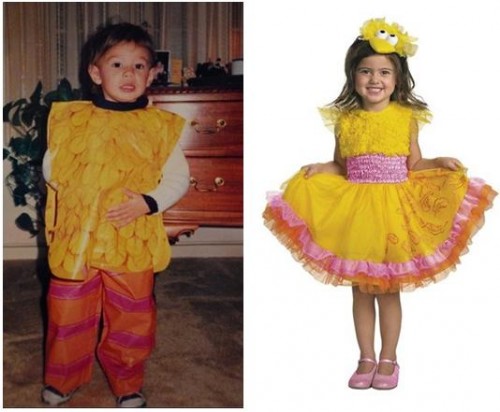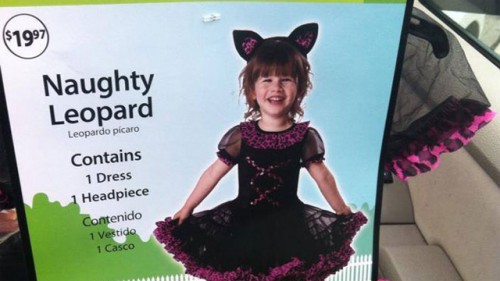Over the course of the past year, M&M’s have been plastered all over the news, social media, and even Super Bowl commercials. In January 2022, Mars Wrigley gave the brown M&M shorter heels and replaced the green M&M’s boots with sneakers in a push toward more inclusive marketing.
What resulted was outrage. Tucker Carlson became the face of the backlash, stating, “M&M’s will not be satisfied until every last cartoon character is deeply unappealing and totally androgynous.” Carlson was not the only one speaking out. In a Rolling Stone article titled, “Let the Green M&M Be a Nasty Little Slut,” senior writer EJ Dickson argues, “The green M&M has spent decades building her brand as a horny, sexy bitch, and for what? For her creators to give her Larry David footwear in the name of feminism?”
By September, the purple M&M had made her debut. Carlson soon reignited the war, leading to Mars’ temporary suspension of their spokescandies. On FOX News, he remarked, “The green M&M got her boots back, but apparently is now a lesbian maybe? And now there’s a plus-sized, obese purple M&M.” While all of these comments are nonsensical, they point to the pressure placed on women to conform to gender norms and accommodate men’s sexual desires.
Sexualization of Women in the Media
M&M’s were not the first nor the only gendered commercial food product. In the 1940s, the Chiquita Banana, the world’s first branded fruit, made her debut. The original Miss Chiquita Banana was racialized and sexualized in order to appeal to the American market. Her femininity, specifically, was oversexualized through her flirtatious winking and eye-rolling as well as her frilly dresses and lipstick.

Photo courtesy of Christina Ceisel
M&M’s has long employed the same strategy by sexualizing their female spokescandies. Their hypersexualization not only appears in their dress, but the erotic nature of the commercials in which they have been featured. The green M&M has been pictured pole dancing, stripping, and fondling chocolate, among other overt sexual acts. What’s more, the male M&M’s can be seen ogling her in the background, reinforcing the pervasiveness of the male gaze, in which men actively view women as passive ‘objects’ of their sexual desires.
Emphasized Femininity
Emphasized femininity refers to a range of traditional feminine norms that encourage women to accommodate men’s sexual appetites and desire for control. It legitimizes the gender hierarchy and upholds various forms of oppression.
As women step away from the “stereotypical cultural notions” of emphasized femininity, men must “negotiate the dilemma of incorporating women’s resistance into their masculine identity projects.” Therefore, when the female M&M’s became less conventionally attractive and “sexy,” those that subscribe to the ideals of hegemonic masculinity felt threatened. They became angry that their sexual desires were not being satisfied, even with regard to a candy mascot.
This outrage reveals that women face the prospect of being labeled “socially undesirable” when they possess masculine characteristics.
In Carlson’s words, “When you’re totally turned off, we’ve achieved equity.” In our patriarchal society, when a woman exhibits defiance or authority, men feel threatened unless they can stigmatize and feminize their behavior.
When this happens, a woman is no longer a “good girl,” but a “bitch,” “lesbian,” or “slut.” Evidently, for women to be valued by men, they need to be subservient to the male gaze.
Impact of Hypersexualization
The hypersexualization of women is incredibly harmful to young people. Adolescents’ exposure to a sexualized media environment leads them to recognize women as sex objects. When women and young girls constantly see their bodies objectified, they begin to internalize the idea that the most valuable thing about them is their body. They become acutely aware that they are seen as “sexual playthings waiting to please men’s sexual desires” and begin to feel unworthy if they do not meet society’s standards. It does not go unnoticed when children see that the very candy they eat is sexualized.
When people become outraged when a female M&M’s shoe is changed, what message does that send? Of course, a so-called “culture war” waged against M&M’s is ludicrous, but there is power behind words, and this controversy’s real-world implications must be addressed. The vicious cycle of sexualizing women, mascots or not, for profit must be brought to an end, and prominent figures need to realize that the oppression of others is not a punchline.
Jillian Nord is a sociology student at Hamilton College.



